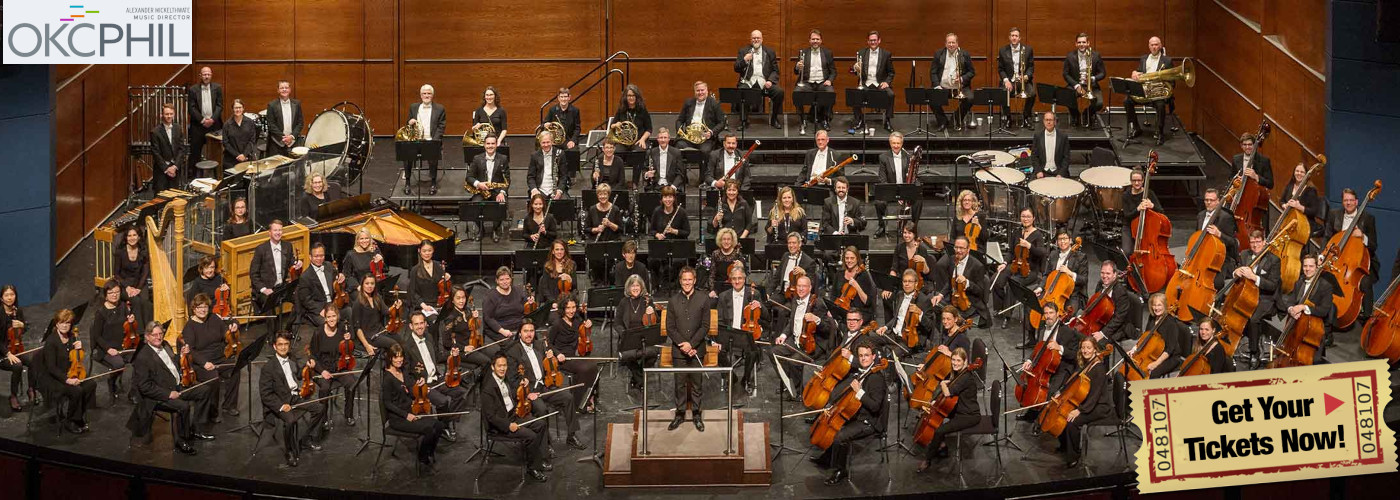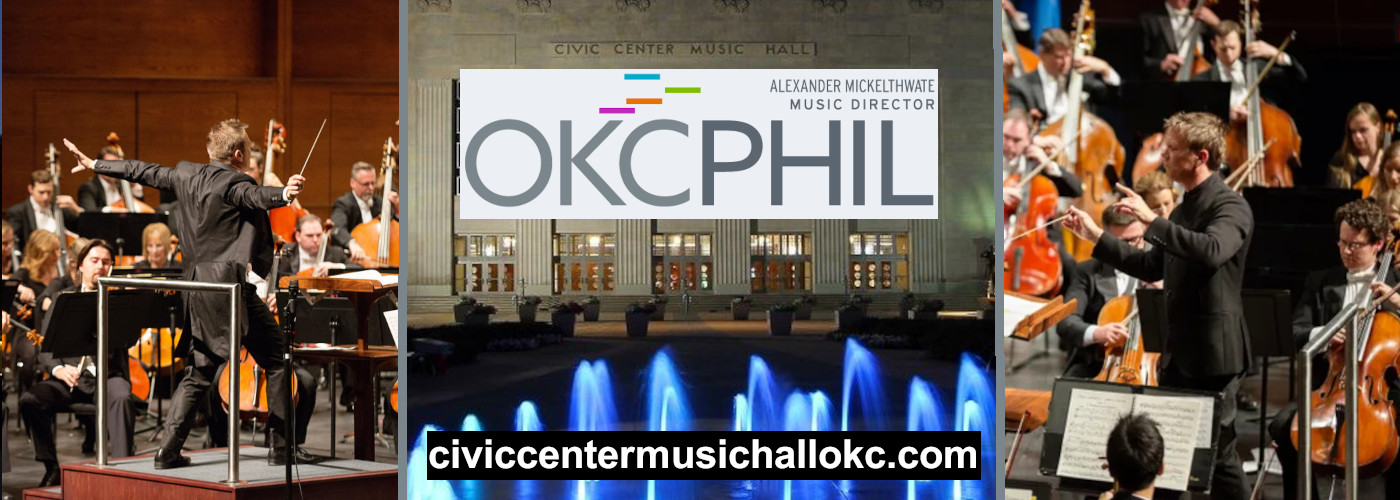
There are many symphonies in America, but few with the years of history and rave reviews behind it quite like the Oklahoma City Philharmonic. This symphony has performed regularly to thousands of fans and concert-goers per show, with many events playing before sold out crowds.
The work they do has placed them on the map with their diligent musicians and instrumentalists and skilled conductors, it’s a powerhouse team that has produced some of the most enduring symphonic performances around. Everyone who’s anyone has taken time to see this symphony in action and that is an enduring history that is likely here to stay. As you can guess, this symphony’s upcoming shows are very popular. Tickets start selling almost as soon as they go on sale, with some shows breaking sales records in mere hours. So it’s important to keep up to date and to beat the rush and shop ahead. And this website can help.

A Brief History Of The Symphony
Like many American symphony orchestras, the Oklahoma City Philharmonic owes its existence to a heritage built up by two predecessor organizations in the city. The first city symphony was launched in 1924 under the name Oklahoma City Symphony Orchestra. During these early years, the orchestra was known for stunning seasons especially during the 1928-29 season, when the orchestra performed 7 concerts during the winter to audiences of 2,000 visitors in the Shrine Auditorium, that was erected in 1923.
The second orchestra was founded in 1938 with Ralph Asher Rose, Jr conducting its inaugural season. Rose was an Oklahoma-City-born virtuoso violinist who grew up in Bayside, New York. He went on to study with Michael Press, and at Curtis beginning at age 12, then at Juilliard. Rose went on to become a violinist in Dallas. This version of the Oklahoma City symphony gained global fame thanks in part to a regular series of radio broadcasts and the Voice of America for American troops abroad program.
When this symphony disbanded in 1988, Joel Alan Levine spearheaded the founding of the Oklahoma City Philharmonic with help from corporations, philanthropic institutions, and other culturally minded leaders in the community. Their efforts led to one of the most enduring American symphonies in operation to date!
About the Performing Arts Theatre
The Civic Center Music Hall is a major performance venue located on 201 North Walker Ave in Oklahoma City, Oklahoma. The original facility was constructed in the 1930s and opened to the public on October 4, 1937. Originally, the venue was known as the Municipal Auditorium until it was renamed in 1966.
The modern day venue has three major performance spaces, which are listed below alongside their max capacity for most events.
Thelma Gaylord Performing Arts Theatre: 2,477
Freede Little Theatre: 286
CitySpace Theatre: 100
The modern venue is managed and operated in conjunction with the Rose State Performing Arts Theater. This created a coalition of performances that plays to more than 300,000 patrons across the four stages each year.
In addition to the performance spaces, the facility is home to seven professional arts organizations including: Canterbury Voices, OKC Broadway, Lyric Theatre of Oklahoma, Oklahoma City Ballet, Oklahoma City Philharmonic, Oklahoma City Rep, and Painted Sky Opera.
A Brief History
The idea for the civic center began in 1927 when the Oklahoma City Chamber of Commerce and the city jointly purchased land that would be later used for the Municipal Auditorium. Over half of the cost was paid through President Franklin D. Roosevelt’s New Deal programs in the 1930s. Shortly after funding was secured, plans were started on building the new Municipal Auditorium with an estimated budget of $1.25 million. Part of this cost was owed to the design which featured six-stories, neoclassical and Art Deco features, and seating for 6,200 in the main hall and a smaller theater that would seat 400.
Later, in August 1935, the Roosevelt Administration announced that all PWA projects had to break ground by December 1935 or risk losing federal support. Thankfully, a contractor was chosen who began work on time. The facility was later finished in April 1937 with the first performance taking place on October 4, 1937.
The new facility has since then served countless event-goers for a variety of performances which earned it increasing fame and prestige, even compared to better known or more established performance halls. Which spurred the decision to remodel and rename the Municipal Auditorium into the Civic Center Music Hall in 1966.
Since then, the newly renamed facility has expanded operations, renovated, and rebuilt itself until it reached the facility that fans know and love today. This includes a recent three year renovation in the late 1990s that ended in 2001. Now the venue includes space for theatrical, dance, and musical groups, a multi-story atrium, balconies, box seats, and some of the best acoustics in the country. The facilities long service to the arts also helped lead to it being listed on the National Register of Historic Places in 2016.